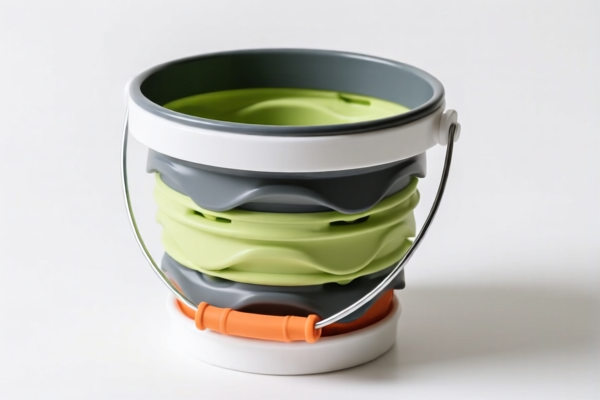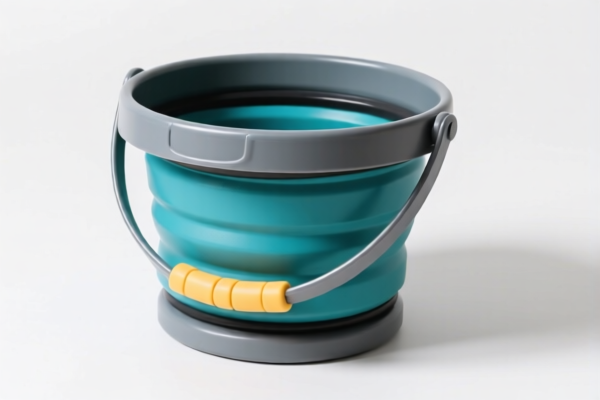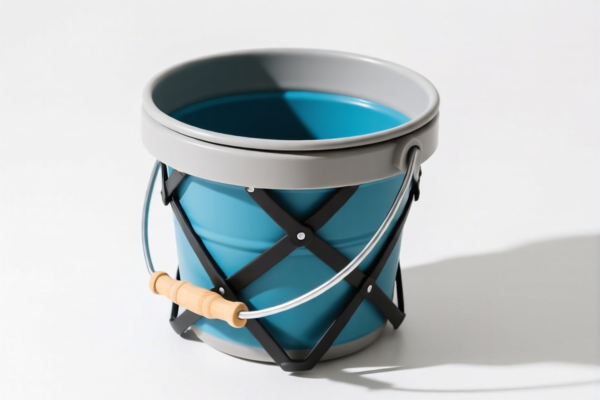| HS Code | Official Doc | Tariff Rate | Origin | Destination | Effective Date |
|---|---|---|---|---|---|
| 3923900080 | Doc | 58.0% | CN | US | 2025-05-12 |
| 4016990300 | Doc | 58.0% | CN | US | 2025-05-12 |
| 6305900000 | Doc | 43.7% | CN | US | 2025-05-12 |




Collapsible Bucket HS Code Classification & Customs Guidance
Based on the provided information, here's a breakdown of the potential HS codes for your "Collapsible Bucket" and associated customs considerations. It appears there are three possible classifications depending on the material composition of the bucket.
Understanding HS Codes:
The Harmonized System (HS) Code is a standardized, internationally recognized system of names and numbers used to classify traded products. It's crucial for determining import duties, taxes, and regulations. Here's a general breakdown of the HS code structure:
- First 2 Digits (Chapter): Broadly defines the product category.
- First 4 Digits (Heading): More specific classification within the chapter.
- First 6 Digits (Subheading): Further refines the product description.
- Full HS Code (8 Digits or more): Most detailed classification, often country-specific.
1. HS Code: 3923.90.00.80 – Articles for the conveyance or packing of goods, of plastics
- Chapter 39: Plastics and articles thereof.
- Heading 3923: Articles for the conveyance or packing of goods, of plastics; stoppers, lids, caps and other closures, of plastics.
- Subheading 3923.90: Other.
- 3923.90.00.80: Specifically for other plastic packing articles.
Applicability: This code is suitable if your collapsible bucket is primarily made of plastic. This includes buckets molded from polyethylene, polypropylene, or other plastic materials.
Tax Details:
- Basic Duty: 3.0%
- Additional Tariff: 25.0%
- Post April 2, 2025: Additional Tariff increases to 30.0%
- Total Tax: 58.0%
Important Considerations:
- Plastic Type: The specific type of plastic may influence the tax rate or require specific documentation.
- Food Grade: If the bucket is intended for food contact, you may need to provide food safety certifications.
2. HS Code: 4016.99.03.00 – Other articles of vulcanized rubber other than hard rubber
- Chapter 40: Rubber and articles thereof.
- Heading 4016: Other articles of vulcanized rubber other than hard rubber.
- Subheading 4016.99: Other.
- 4016.99.03.00: Containers, with or without their closures, of a kind used for the packing, transporting or marketing of merchandise.
Applicability: This code applies if your collapsible bucket is made of vulcanized rubber (natural or synthetic rubber).
Tax Details:
- Basic Duty: 3.0%
- Additional Tariff: 25.0%
- Post April 2, 2025: Additional Tariff increases to 30.0%
- Total Tax: 58.0%
Important Considerations:
- Rubber Composition: The specific type of rubber used may affect the tax rate.
- Reinforcements: If the rubber bucket contains fabric or metal reinforcements, this may require further classification review.
3. HS Code: 6305.90.00.00 – Sacks and bags, of a kind used for the packing of goods
- Chapter 63: Other made up textile articles; sets of textile articles.
- Heading 6305: Sacks and bags, of a kind used for the packing of goods.
- Subheading 6305.90: Other.
- 6305.90.00.00: Specifically for other textile packing materials.
Applicability: This code is relevant if your collapsible bucket is made of textile materials (e.g., canvas, nylon, polyester). This is less likely if the bucket has a rigid structure, but possible if it's primarily a flexible textile container.
Tax Details:
- Basic Duty: 6.2%
- Additional Tariff: 7.5%
- Post April 2, 2025: Additional Tariff increases to 30.0%
- Total Tax: 43.7%
Important Considerations:
- Textile Composition: The specific type of textile material will be important.
- Lining/Coating: If the textile bucket has a plastic lining or coating, this may affect the classification.
Recommendation:
To ensure accurate classification, please provide the following information:
- Detailed Material Composition: What is the bucket primarily made of? (e.g., 100% polypropylene plastic, 80% rubber/20% fabric, etc.)
- Product Photos: Clear images of the bucket can help determine the appropriate HS code.
- Intended Use: Is the bucket for food contact, industrial use, or general purpose?
- Unit Price: The declared value can sometimes influence customs scrutiny.
Disclaimer: This information is for general guidance only. Customs regulations are complex and subject to change. It is recommended to consult with a licensed customs broker or relevant authorities for definitive classification and compliance advice.
Customer Reviews
The clear explanation of the different HS codes based on material composition was exactly what I needed for my export planning. Highly recommended!
The site provided good info on the classification of collapsible buckets, but I would have liked more examples of similar products for comparison.
I found the detailed tax breakdown for each HS code extremely helpful, especially the note about the additional tariff increasing after April 2, 2025.
The explanation of the Harmonized System Code structure was very useful. It helped me understand how the codes are categorized at different levels.
This site made it easy to understand the HS Code 6305.90.00.00 for textile buckets. The tax breakdown was precise and the material considerations were spot on.